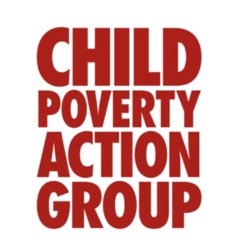
Child Poverty Action Group (CPAG) commends the Government for its new Child Poverty Reduction Bill. In particular, its comprehensive multi-tiered poverty lines will provide a broader picture of the depth of child poverty than any single measure could.
Six supplementary measures will accompany the four primary measures of child poverty. CPAG especially welcomes the 40% (after housing costs) income measure as children in these low-income households experience the worst poverty, and are at greatest risk of poor outcomes.
“Reporting alongside the Budget each year highlights this Government’s intention to put children at the centre of Budget policies and to be accountable for making a real difference in their lives. This is a great step forward,” says Associate Professor Mike O’Brien, CPAG Social Security spokesperson.
CPAG would like to see rigorous and regular reporting by Statistics New Zealand based on a larger sample than currently taken by the Household Economics Survey (HES), from which the Household Incomes Report is drawn. It is also important that the data be captured and analysed as promptly as possible, which may require more resourcing.
“By the time the Household Incomes Report is published, the data may be up to two years old,” says O’Brien.
“For this reason the official data should be supplemented by a range of other more timely indicators of child wellbeing, with measures such as: the uptake of food bank support services as well as in-school charity services such as KidsCan; admissions to hospital for poverty-related diseases; prevalence of homelessness among families with children.”
CPAG encourages support for this Bill across the House, and looks forward to the announcement of bold targets that will ensure a sustained and long-term reduction in child poverty. Policies to achieve these targets should take a systemic and non-discriminative approach to improving incomes for both beneficiary families and low-income working families, and should include an evidence-informed, cross-sector plan involving health, education and housing as well as welfare.




